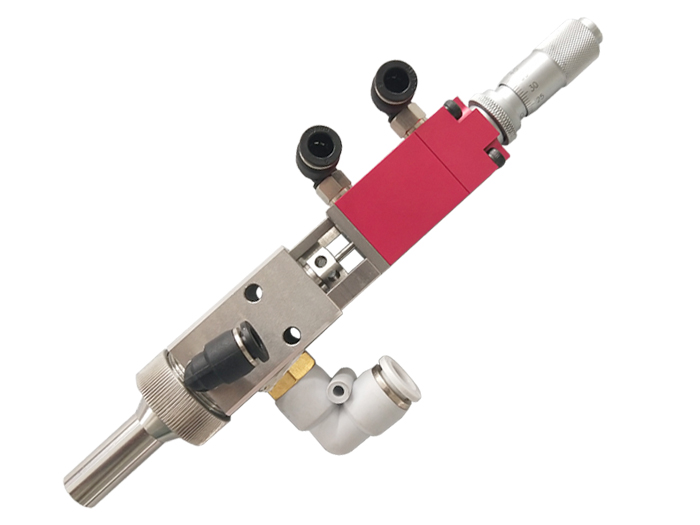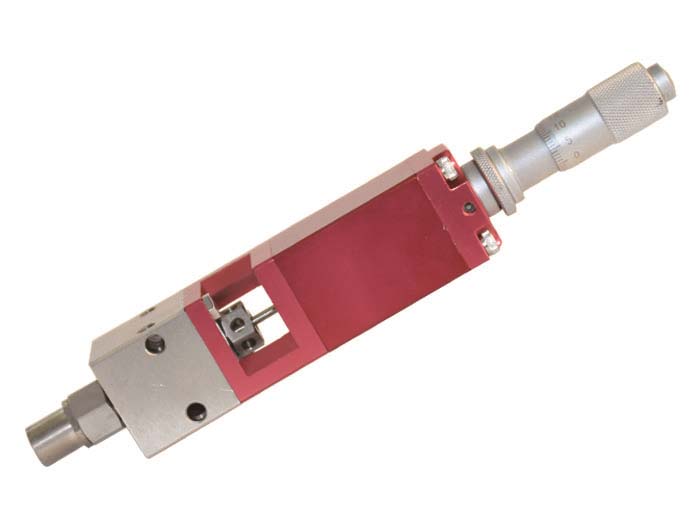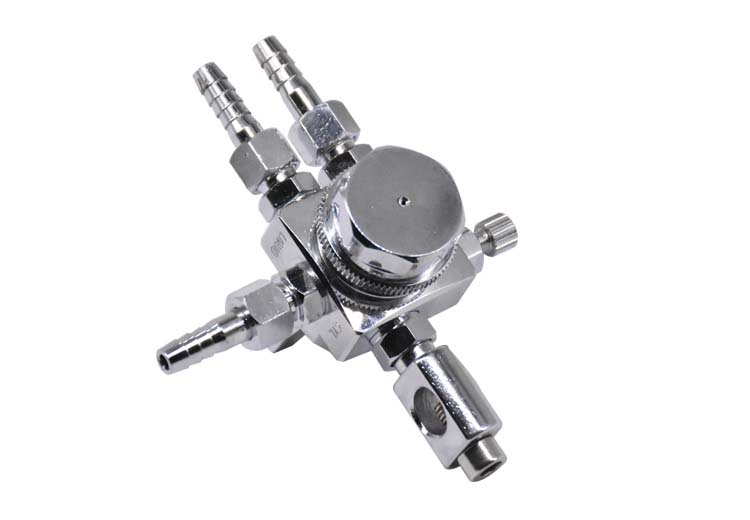The spray dispensing valve is a kind of fittings that diffuses liquid into tiny particles under the pressure of gas and is discharged by spray. It is widely used in many industries.

The spray dispensing valve operates through the pressure in the valve. Usually, the air pressure in the spray valve is higher than the atmospheric pressure. After using the spray customer service, the liquid in the valve is pressed out by air pressure, and then enters the nozzle part of the spray dispensing valve, and the liquid (rubber) is screened into tiny droplets in the nozzle screen net, and the liquid is added to them. Spray out to form spray effect.
Suitable spray dispensing valves and tools should be selected for dispensing. It is very important to choose the right method to avoid dispensing trouble of unnecessary liquid and glue.

1. Thinner, thinner liquids, such as cyanoacrylate adhesives or diluents, should reduce pressure, shorten time, and use small needles;
Red Micrometer Precision Jet Valve
2. Greater pressure or shorter time cycle will accelerate dispensing speed and produce higher yield.

4. Reducing pressure, dispensing time or needle size can reduce colloidal particles.
Special Small Rubber Control Valve
5. Pay attention to the influence of different pressure, time setting and needle size on colloidal particles.
6. thicker and thicker fluids, such as paste or lubricating oil, require spray dispensing valves for greater pressure, longer time and larger needles.
7. Increasing pressure, dispensing time or needle size will increase colloidal particles.


